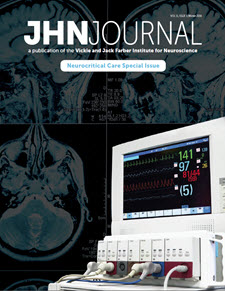Abstract
INTRODUCTION
Intracerebral hemorrhage is by far the most destructive form of stroke1. Apart from the management in a specialized stroke or neurological intensive care unit (NICU), no specific therapies have been shown to consistently improve outcomes after ICH2. Current Guidelines endorse early aggressive optimization of physiologic derangements with ventilatory support when indicated, blood pressure control, reversal of any preexisting coagulopathy, intracranial pressure monitoring for certain cases, osmotherapy, temperature modulation, seizure prophylaxis, treatment of hyerglycemia, and nutritional support in the stroke unit or NICU. Ventriculostomy is the cornerstone of therapy for control of intracranial pressure patients with intraventricular hemorrhage. 3, 4 Surgical hematoma evacuation does not improve outcome for most patients, but is a reasonable option for patients with early worsening due to mass effect due to large cerebellar or lobar hemorrhages. Promising experimental treatments involve targeting of molecular mechanisms implicated in inflammation, blood product degradation, and secondary neuronal damage.
Pages: 11-14.
Recommended Citation
Rincon, MD, MSc, FACP, FCCP, FCCM, Fred
(2016)
"Novel Therapies for Intracerebral Hemorrhage,"
JHN Journal: Vol. 11:
Iss.
1, Article 4.
DOI: https://doi.org/10.29046/JHNJ.011.1.004
Available at:
https://jdc.jefferson.edu/jhnj/vol11/iss1/4

